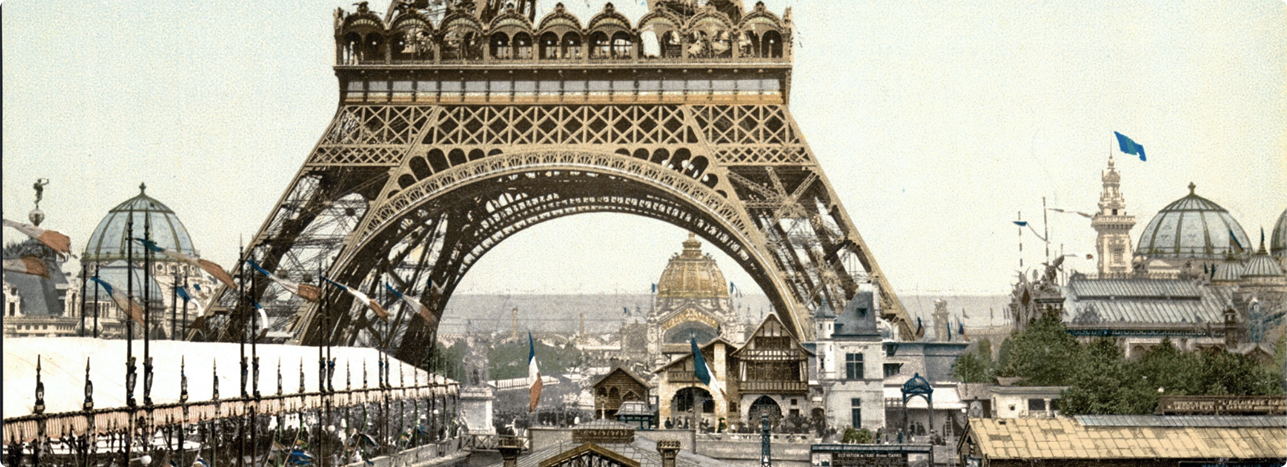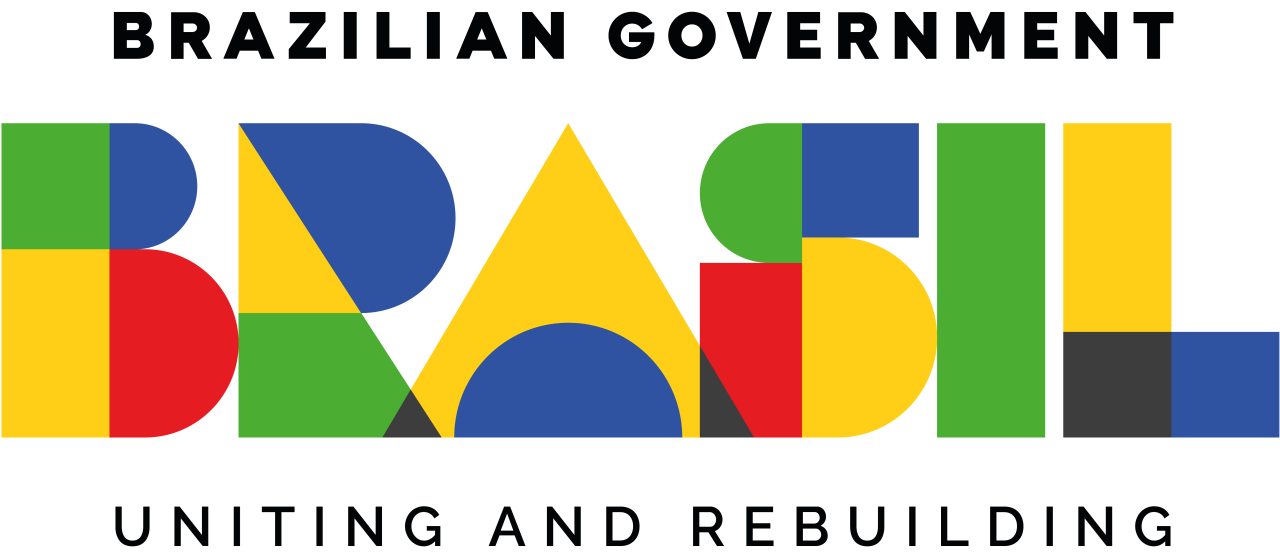2025 | © All rights reserved - Apex-Brasil
 The Eiffel Tower, which served as the entrance to the 1889 Exposition, was built especially for the occasion, thus celebrating the centenary of the French Revolution (1789).
The Eiffel Tower, which served as the entrance to the 1889 Exposition, was built especially for the occasion, thus celebrating the centenary of the French Revolution (1789).
World Expositions (Expos) have been held for more than a century and a half, meaning they are older than the Modern Era Olympic Games and the FIFA World Cup.
The first Expo took place at the Crystal Palace in Hyde Park, London, in 1851, under the title "The Great Exhibition of the Works of Industry of All Nations" and was the first worldwide exhibition of manufactured products. It ended up influencing various aspects of society at the time, including art, international trade relations, and tourism.
At the Expo held in Paris in 1900, the Lumière brothers premiered their film. This attraction became one of the highlights of the Expo, as well as a memory that remained in people's minds for a long time after the event (marking the early days of cinema).
French engineer Gustave Eiffel built his tower for the 1889 World Expo in Paris, which served as the gateway to the event grounds. Visitors were only allowed access to the tower's second level, as it was still under construction at the time.
Legendary inventor and businessman Thomas Edison also showcased many of his inventions at World Expositions, including his phonograph and electric lamps. The American architect and inventor Buckminster Fuller gained international fame for his geodesic dome: a revolutionary architectural form that used triangular construction elements to evenly distribute structural stress. His geodesic dome was a standout feature at the 1967 Expo in Montreal, which also featured a 37-meter-long escalator nicknamed the "street of the future."
The term "universal" applied not only to the international character of the Expos, but also to their ambition of encompassing the entire universe of human achievement. These events aimed to be a miniature portrait of an emerging modern world - advanced and filled with spectacles in science, the arts, architecture, customs, and technology - with a strong promotional appeal for human development.
It is undeniable that World Expositions played a fundamental role in humanity's progress by fostering the internationalization of knowledge. Large crowds witnessed groundbreaking innovations firsthand, such as those mentioned above.







